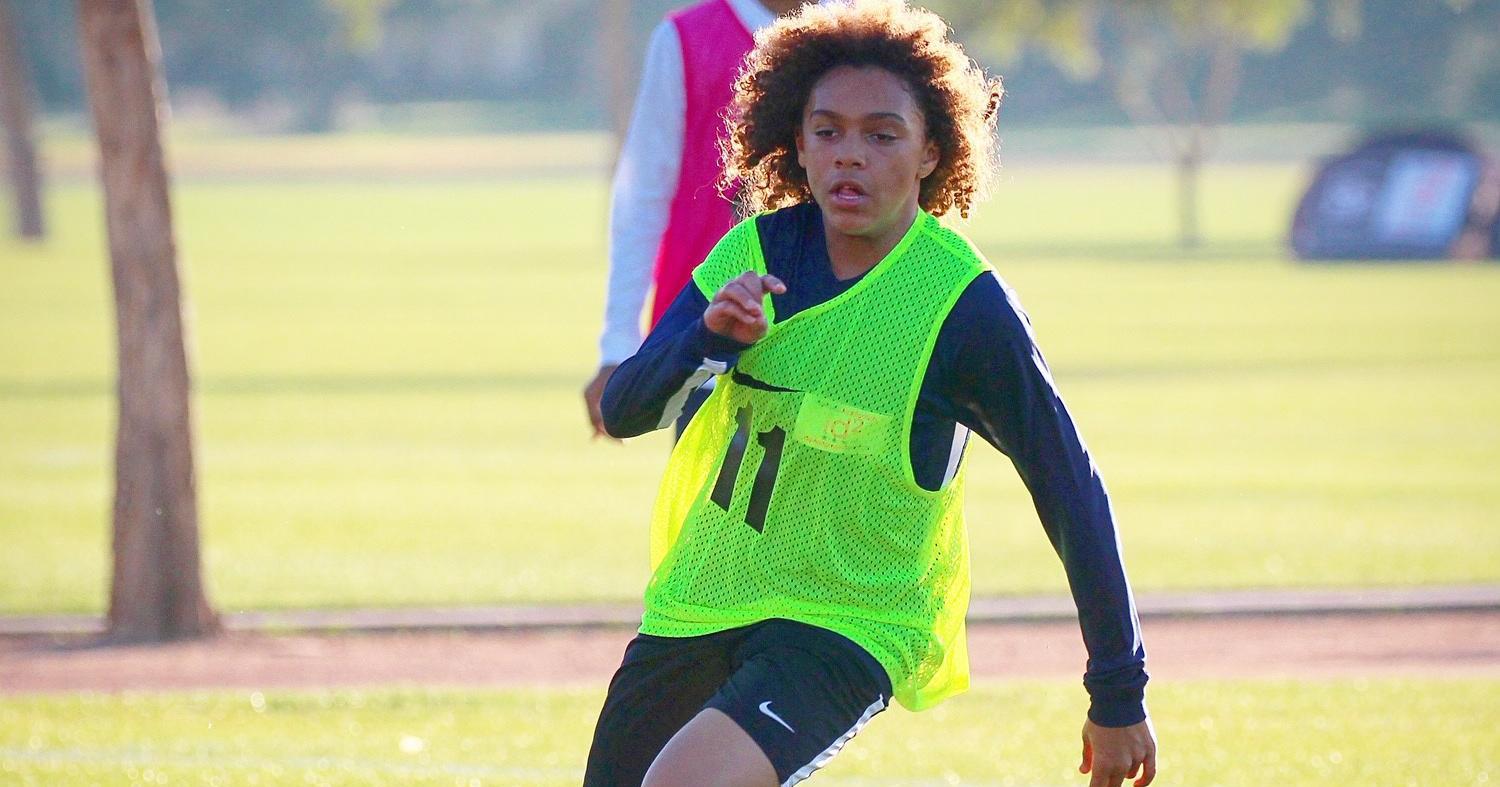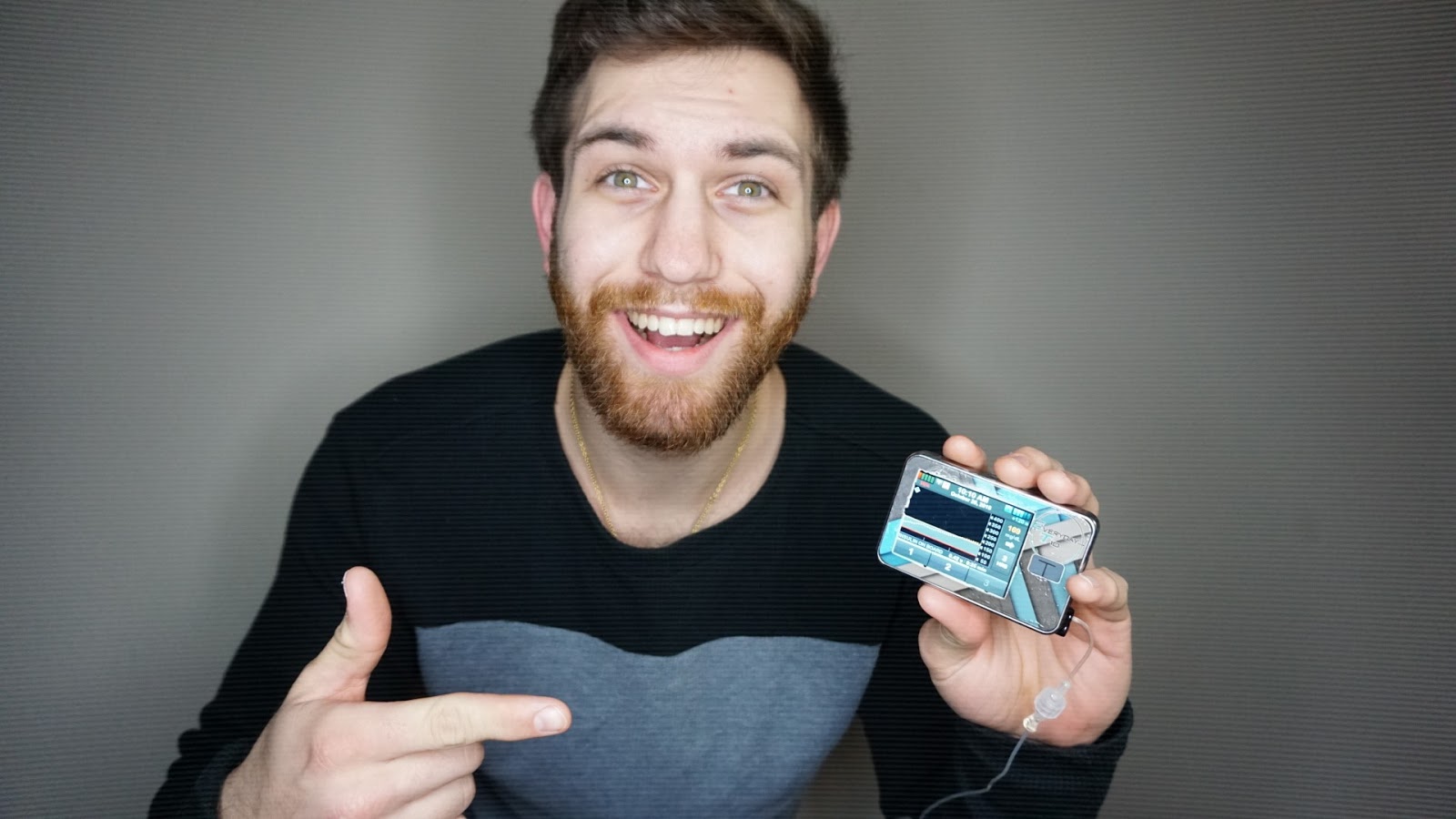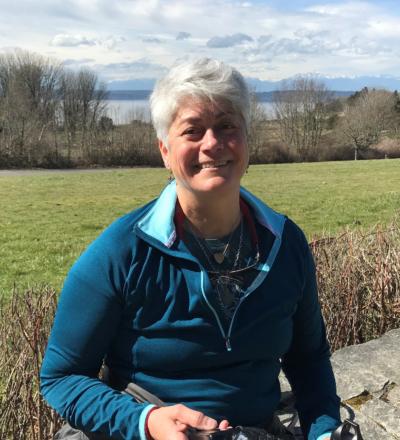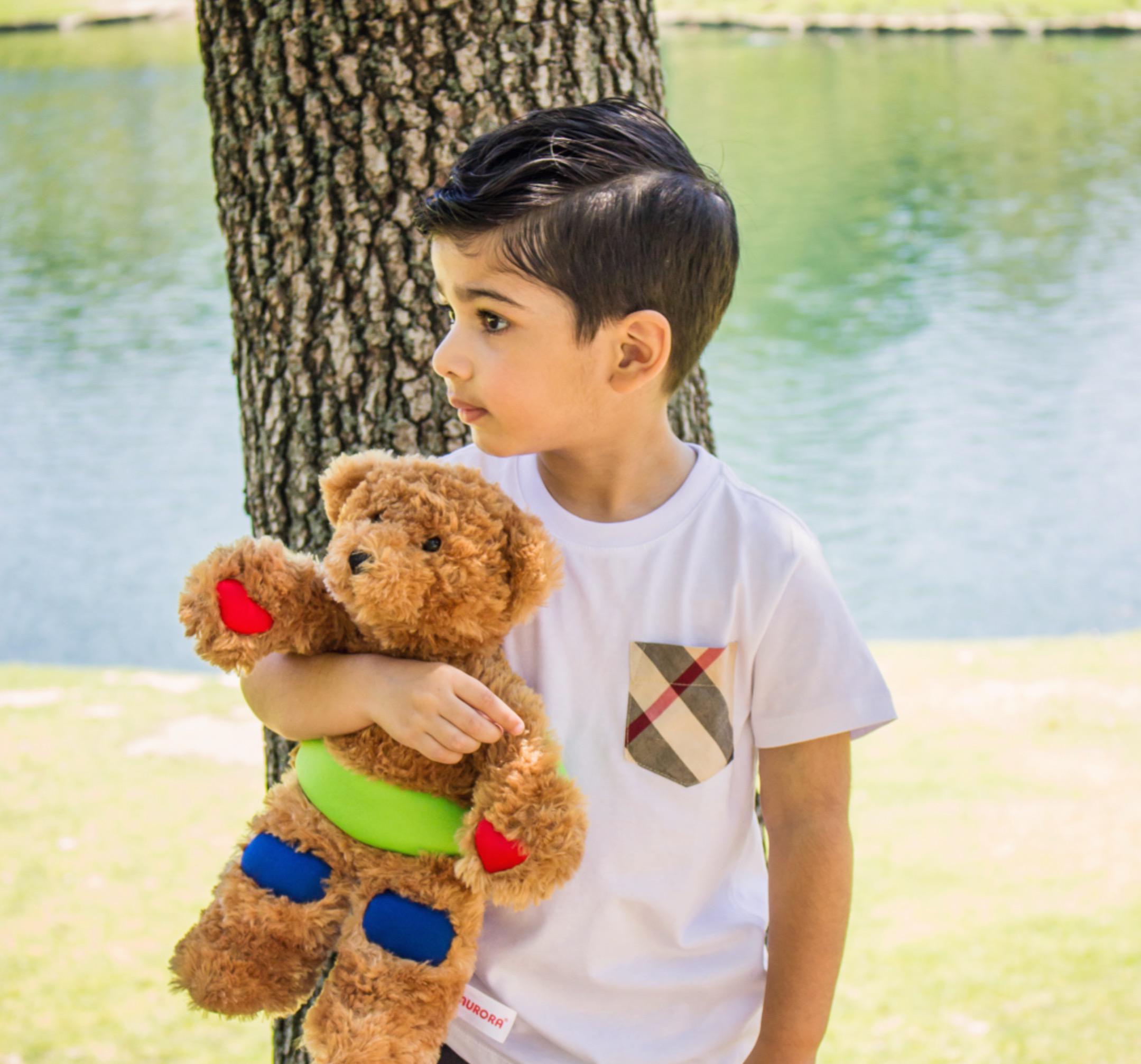T1D Technology
Hear from six people living with T1D about their T1D Tech, the fears they had before using their various devices, and how these options have changed their life with T1D.

Do your devices still work for you?
Take the device check up from DiabetesWise, an initiative from Stanford University School of Medicine and people living with diabetes. It is supported by The Leona M. and Harry B. Helmsley Charitable Trust.
JDRF’s Impact on T1D Tech
JDRF works relentlessly to drive innovation in T1D treatments while working to ensure every person impacted by T1D has affordable access to the tools that are right for them.
Improving Lives
JDRF is committed to accelerating the development of drugs and devices that enable people with T1D to live longer, healthier lives, including next generation artificial pancreas systems.
Coverage 2 Control
Join in the movement to persuade insurance companies to provide predictable and reasonable costs for insulin, freedom to choose your pump, and coverage for artificial pancreas systems.





